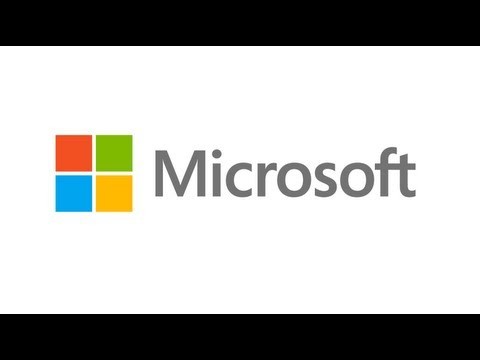A new patent filed by Microsoft suggests that the Redmond-headquartered tech titan may possibly be working on what seems to be the next-gen Surface desktop devices. The patent application suggests a Surface "modular computing device," primarily aimed at tech aficionados of DIY projects.
Earlier, rumors implied that Microsoft was working on its Surface phone with a view to replace the company's Lumia series smartphones. Recently, the United States Patent and Trademark Office (USPTO) posted the Microsoft patent on its website suggesting that the company's Surface team is also working on a modular PC, Tech Times reported.
Although Microsoft filed the patent application in July 2015, USPTO only published it last week. Tim Escolin, a senior industrial designer at the company's Surface devices and accessories team, has been named as one of the authors of the patent.
The patent offers a clear idea regarding the final version of the PC. From what could be collected from the diagrams posted on the USPTO site, the purported Surface desktop device will enables users to replace various parts of the PC, including processors, memory, storage and graphics without any difficulty. They would not require purchasing a new computer once the upgrades are available. In other words, the users will be able to incorporate latest functionality to their computer, if it is needed.
As the diagram of the patent suggests, Microsoft will include a display in the hardware design. Along with using a hinge, users can hook the stackable hardware the display. The stackable hardware comprises removable modules like battery, storage, processor, graphic card, memory, wireless communication component, holographs and speakers. In addition, the modules come with housings.
In their patent filing, Microsoft noted that it is possible to make the individual components of the progressive hinge assemblies from various materials, including sheet metals, machined metals, die cast metals, and/or molded plastics, Forbes reported.
What is more interesting is the fact that Microsoft sees the progressive hinge as a design that can be modified for using it with any future device like foldable tablet or a foldable smartphone product together with entertainment consoles, gaming devices, wearable smart devices, and/or other new computing devices.
However, it is worth mentioning here that just because Microsoft has applied for a patent it does not mean that the company will materialize the concept.
Watch the video on Microsoft unveiling a new look below:



























